James Rada Jr.
Ever since Fort Ritchie closed for good in 1998, Cascade has settled down in its role as a small community. According to the 2020 U.S. Census, the Cascade-Highfield area has 1,082 residents. People, for the most part, are happy in their small town.
However, recent efforts have been made to revitalize Fort Ritchie and create housing, museums, and boutique shops from the existing buildings. This seems to have attracted other development as well, as a DG Market is planning to build right outside the gates of the Fort Ritchie community. DG Market is a larger version of a Dollar General Store that is more focused on being a supermarket.
According to documents submitted to the Washington County Board of Zoning and Appeals, the proposed location will be 2.18 acres across from the American Legion in Cascade. The store will have 12,480 square feet, with a third of the space dedicated to selling fresh produce and market items. It will be open seven days a week, opening at 8:00 a.m. and closing at 9:00 p.m. or 10:00 p.m. The board granted Outdoor Contractors a special exception to build the store on a parcel zoned rural village.
Residents feel the store would change the character of the community, disrupt scenic views, and harm long-time businesses in the area. They also feel it is not needed since the Blue Ridge Summit Dollar General is less than two miles away and there are three stores within five miles of Cascade.
“The store will bring to this community—with its charm, clean air, bright starlit nights—light and noise pollutions, the closure of local small grocery businesses, the destruction of farmland, substantial traffic increases that will result in more traffic accidents and possible train accidents since the tracks are feet from the proposed entrance, increase in violent crime, and eventually, causing complete economic [demise] of the hosting community,” Allison Coles Severance with Highfield Pottery wrote in an email to The Catoctin Banner.
Residents have started an effort to stop the store from coming to Cascade. They are appealing the zoning decision and started a Facebook page to get the word out about the efforts small towns are taking to stop Dollar Generals from coming. They have collected 500 signatures on a petition opposing the store as opposed to the opposition who has collected 30 signatures in favor. They have organized community meetings and set up fundraising events and campaigns to finance attorney fees.
Julie Sanders with Sander’s Market said the county didn’t take into account the ripple effect when you allow a store like Dollar General in.
“The community relies on these small businesses,” she said. “When you look out at the home-run wall of the Little League field, you don’t see box stores advertising, you see the little guys.”
Sanders Market has been serving the community for 66 years. When churches need food for raffles and sales, they come to the market for help. When there was a fire in the area, the market opened up to supply the firefighters with something to drink.
“It’s little things these businesses do that people don’t understand they would miss if businesses close because of Dollar General,” Sanders said.
So, what will happen to Sanders Market if the Dollar Store gets built? According to the Institute for Self-Reliance, it may close. According to a fact sheet it published about dollar stores, “Dollar stores are taking a toll on grocery stores and, in many cases, reducing people’s access to fresh food. In small towns, which are often served by a single locally owned supermarket, a dollar store’s arrival typically cuts sales at the supermarket by about 30 percent. In most cases, that’s enough to put a local grocer out of business, leaving the community’s commercial district without an anchor and negatively impacting other businesses.”
Sanders said that when the Blue Ridge Summit Dollar General opened, it hurt their business more than when the Super Walmart opened in Waynesboro.
GTs gas station and convenience store is another business that has been serving Cascade for years.
“This DG severely threatens his business,” resident Shelly Strong wrote in an email. “It also threatens the property values of those around it, will create light pollution, attract crime, and potentially create a food desert.”
Once the store is established, some people have heard talk that it may start selling beer, which could affect other businesses. “It’s a mini-Walmart,” Sanders said. “It doesn’t fit in our rural community.”
In October, the community submitted a letter of request for reconsideration to the Board of Approval members, which has been approved. To stay up to date on what is happening and for the latest news, follow their Stop Dollar General In Cascade, Maryland Facebook Page.
“I fear the tight peaceful community feel will be lost forever if Dollar General moves into the neighborhood and becomes my neighbor,” Severance wrote.
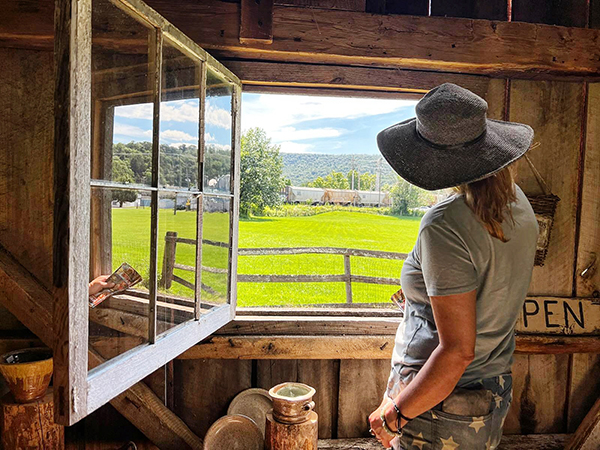
This photo shows the beautiful view from Allison Severance’s barn. The Dollar General dumpsters would come right up to the fence.

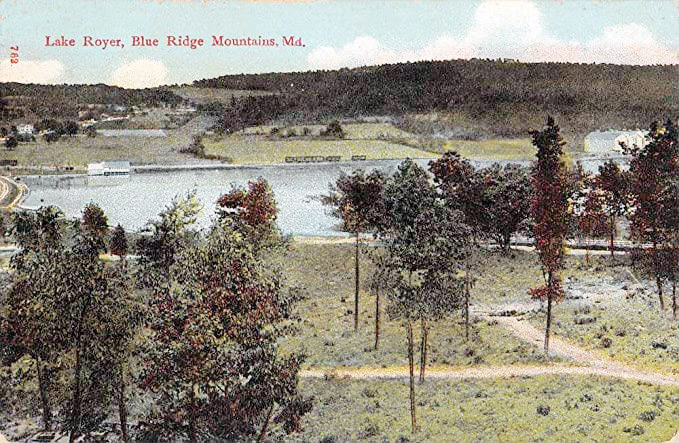
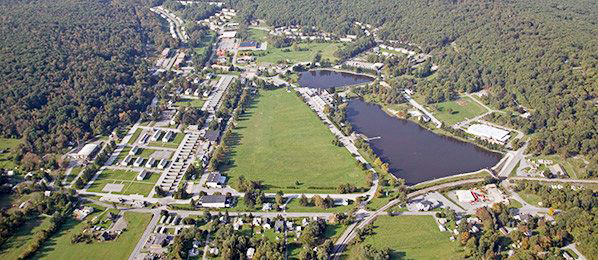
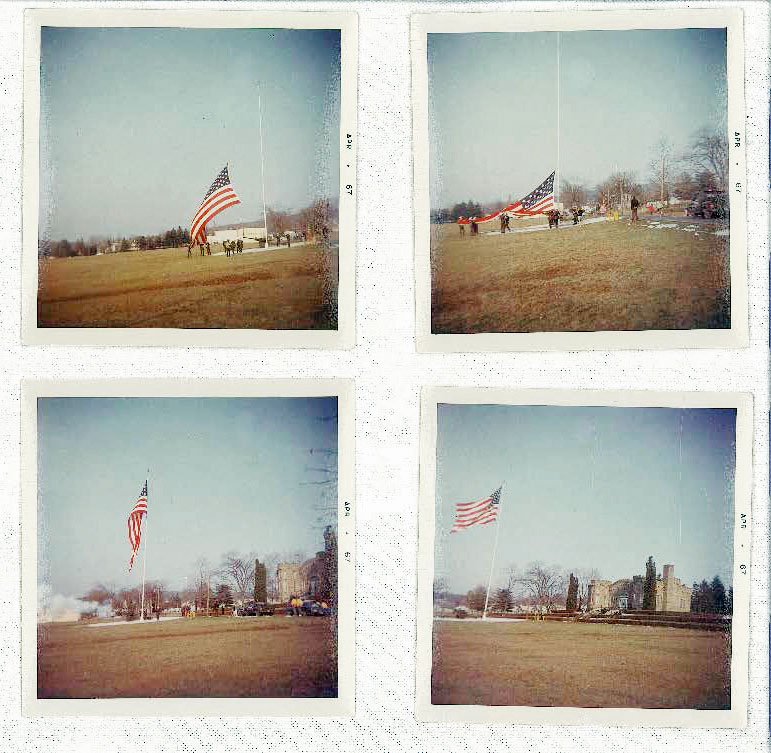
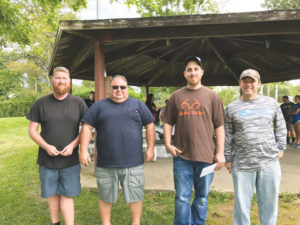

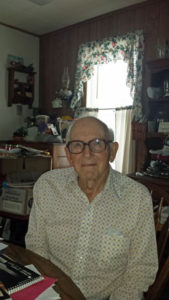 When Raymond Sanders (pictured right) first came to Sabillasville, it was because he needed a bigger house. His family was growing, and the Sanders needed space to expand. They found a two-story home at the end of a dead-end road and set down roots.
When Raymond Sanders (pictured right) first came to Sabillasville, it was because he needed a bigger house. His family was growing, and the Sanders needed space to expand. They found a two-story home at the end of a dead-end road and set down roots.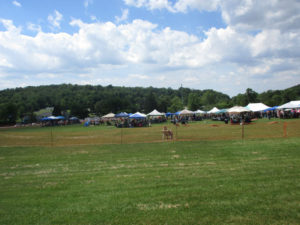 On June 18, 2016, the Sons of the American Legion (SAL) Post 239 in Cascade held their spring Gun and Cash Bash on the grounds of Fort Ritchie.
On June 18, 2016, the Sons of the American Legion (SAL) Post 239 in Cascade held their spring Gun and Cash Bash on the grounds of Fort Ritchie.